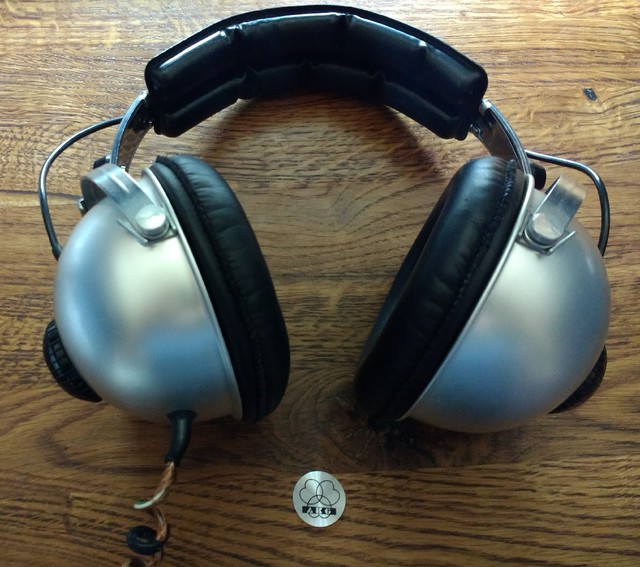While discussing accuracy in meters in
@watchnerd 's thread, I was testing various meters against my Time 1044 Voltage and Current calibrator. It has been a faithful device albeit seemingly a little hard on batteries of late. I put it down to poor batteries as a new 9V got rid of the "batt" symbol and all was well.
Or was it? Usually the testing is a quick confirmation, the 1044 is turned off and it's put away, often for many months. It's a physical hard switch and about six months ago, I replaced the 9V clip wire as it was getting a bit loose and I figured it was developing a resistance, enough to trigger the low batt event. Then I figured the 2.5mm external power switch could be the culprit as it had never been used so I poked the internal switch leaf NC contact, put a new battery in and the problem went away. Or did it?
Yesterday, I put a new battery in (again), lined up a few meters to test, and within a minute, the low batt indicator was on and it started giving erroneous readings. OK, there's a problem. So, I put a meter in series to monitor the current and one across the cell to watch the terminal voltage, turned it on and watched. All looked normal, around 40.00mA. I looked away and when I looked back, the "batt" indicator was on and the current consumption was 0.400A. Wait a minute, that's 400mA! And terminal voltage was below 8.2V. I repeated this several times to confirm. It was killing the batteries after a short delay.
It was time sensitive. I figured that extra 360mA at 9V (~3W) is going to produce some heat from something fast. Defintely don't power it from the bench supply unless I want smoke- the 9V battery was essentially its own current limiter. But it was somehow resetting and the unit worked perfectly after a minute's rest. There was a tiny smell I know when I sniffed the battery compartment. Tantalum caps. Bastards. I know you're in there!
View attachment 81939
So in I went. Off came the colletted brass/plastic knob (lovely little thing), the nut and I hoped the unit would come apart without having to peel off the front panel (that would wreck it). And what did I see? 4 tantalums, 20 years old, nice Wimas and a heap of 25 turn trimmers (8) and quality construction. A separate A/D board for the meter etc.
View attachment 81940
View attachment 81941
View attachment 81942
In circuit testing of the tantalums showed ESR was normal, actually good, but I wasn't convinced. Fired it up without the display A/D board and the consumption went up to 400mA after about a minute. I waited for a bit and then felt the caps. Yes! The rail decoupling 10uF 35V tantalum feeding the LM10CLN was hot- really hot. (rail is 24V). So, replaced the little bastard with a lowish ESR Nichicon Fine Gold (so audiophile huh) and all is well again. Consumption is 16-24mA when not sourcing current, a far cry from the 400mA before. The other three 2.2uF 35V tantalums were fine (only seeing 3-5V) and in parts of the circuit where I might screw up the calibration, so I left them alone.
View attachment 81943
Some members wanted to see the internals of this little thing so here's a few more pics.
View attachment 81944
View attachment 81945
Here's the little troublemaker- he's cost me about 6x 9V Alkaline batteries.
View attachment 81946
And my tester thinks it's a double diode with two different voltage drops...


